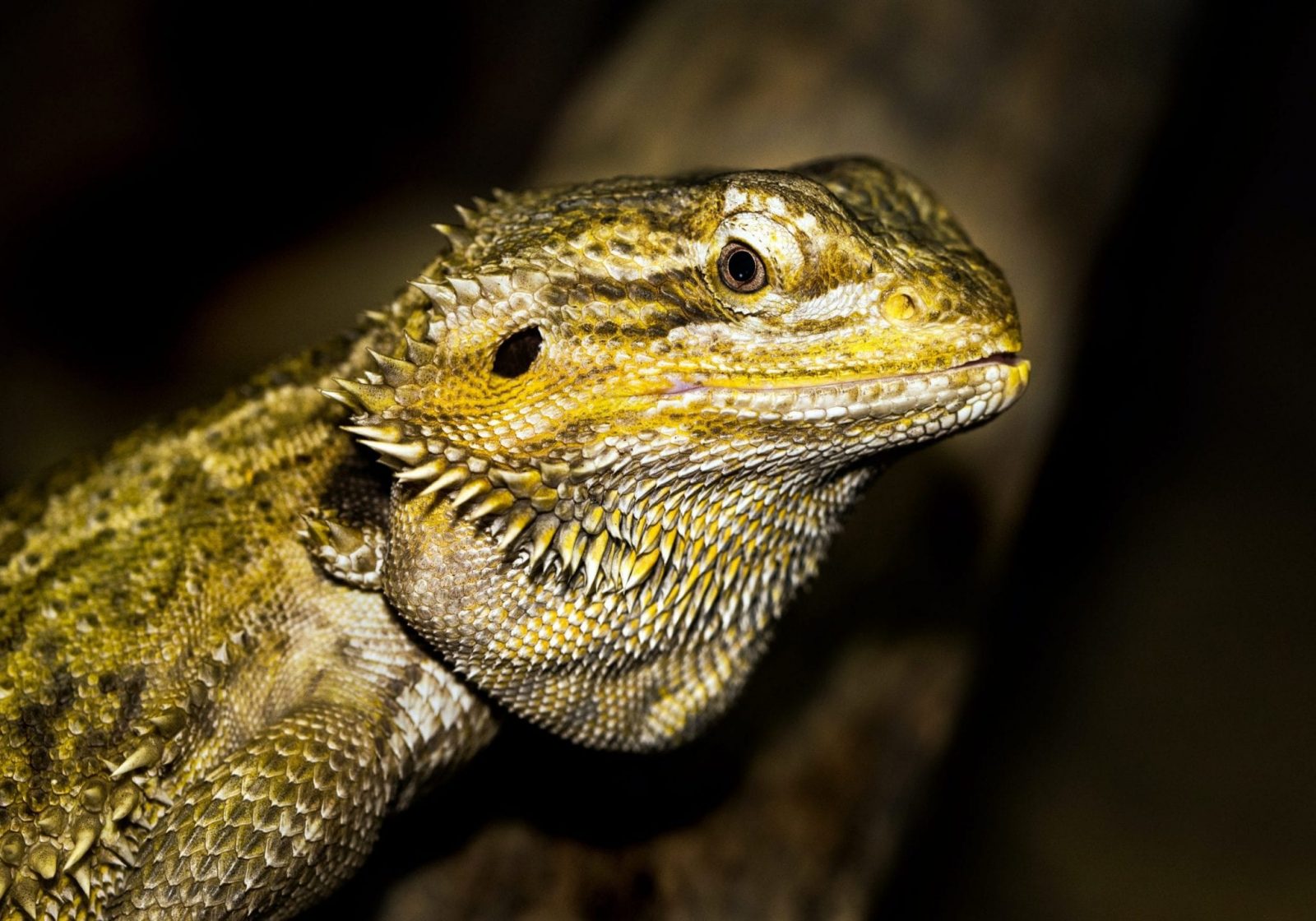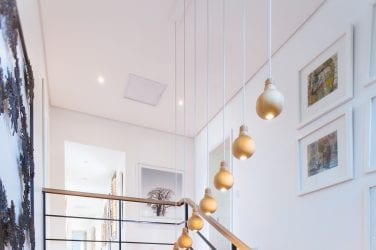A bearded dragon is perhaps one of the most interactive and friendliest reptile pets you will ever come across. Even better, it’s easy and fun to care for them. Despite their spiny looks, they are soft to the touch and both adults and children love them. However, these lizards that originated from Southeastern Australian deserts do well in arid and rocky places. Therefore, their enclosure should always mimic their natural habitats. This post will show you how you can create a bearded dragon’s environment.
A bearded dragon’s setup
It’s important to remember that a bearded dragon is an active reptile that needs enough space to move around and explore. The commonly used enclosure for a bearded dragon is a terrarium or aquarium with a screen lid.
For a juvenile bearded dragon, you should house it in a 20-gallon aquarium but an adult one will need about 40 to 55-gallon aquariums. While juvenile bearded dragons can be housed together, adult ones should always be kept alone.
Enclosure substrate for juvenile bearded dragons that are less than 12” should be a cage carpet. However, you should avoid using substrates like sand for smaller dragons because of the impaction risk. This is when there is a blockage in their digestive system due to indigestible material that leads to illness. Thankfully, there is less risk of impaction for bearded dragons that are over 12”. For this reason, you can use sand as a substrate.
While tree branches and rocks make good materials to use for bearded dragons, avoid the ones that you find outside. This is because such materials are exposed to pesticides, herbicides, and pathogens that can harm your reptile. Instead, utilize the items that are sterilized and professionally cleaned.
Heating and lighting
Reptiles such as bearded dragons are cold-blooded animals, meaning they don’t produce body heat on their own. As a result, they depend on the surrounding temperature to heat and cool them. Therefore, you should create an enclosure that has enough temperature gradient to help them self-regulate their body temperature.
At the warmer spot of the enclosure, the daytime air temperature should be between 85 and 90° F ( 29,44 and 32,22° Celsius) while on the cooler end it should be 75° F. On the other hand, the basking area can be at 100-110° F (37,78 – 43,33° Celsius).
Most bearded dragons can withstand temperatures around 60° F (15.56° Celsius) at night but the only exception is with very young bearded dragons that are less than 2 months old. These are at a tender age and they might need an extra heat source at night, such as ceramic heat emitter or a red heat bulb. You can get more information about the housing of bearded dragons at Bearded Dragon Guru.
Since bearded dragons thrive in desert conditions, it’s essential to provide them with heat and light. They require special UVB rays for the dragons to absorb calcium properly. Remember that an inadequate amount of UVB lighting can lead to some metabolic bone diseases. A great source of both heat and light is perhaps the Mercury Vapor Bulb. This is because most regular heat bulbs produce UVB rays and not the heat.








Show Comments
Comments are closed.